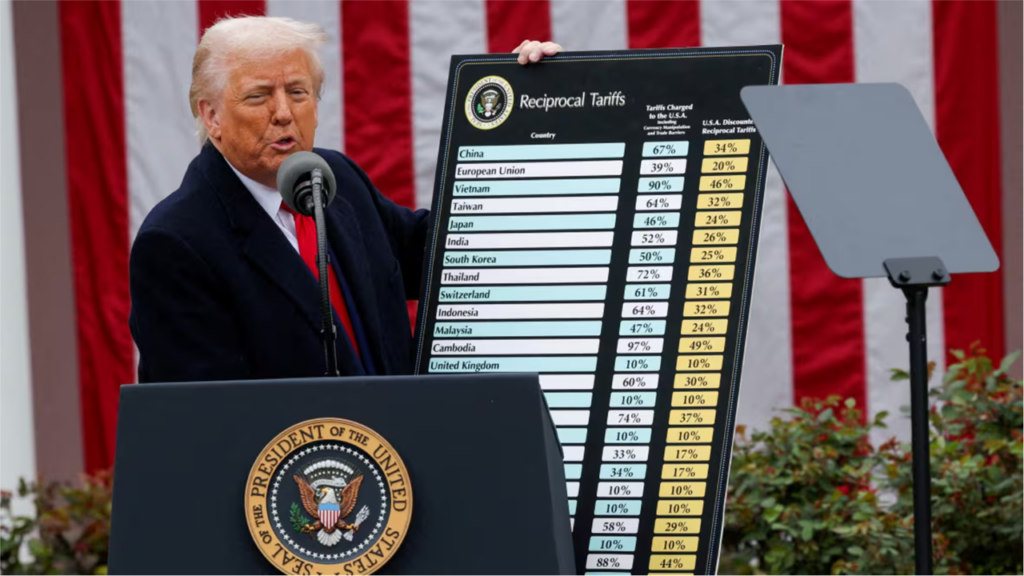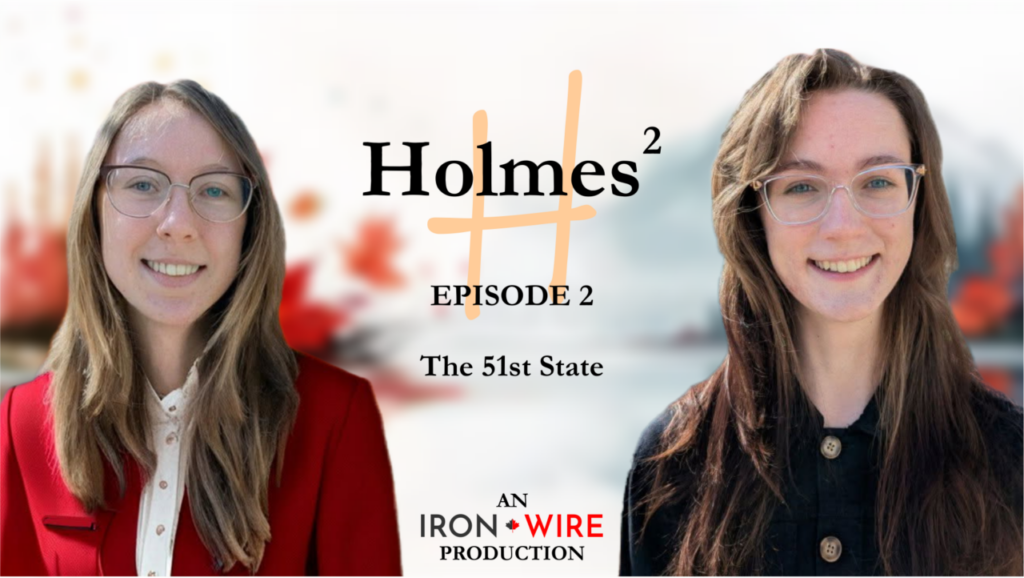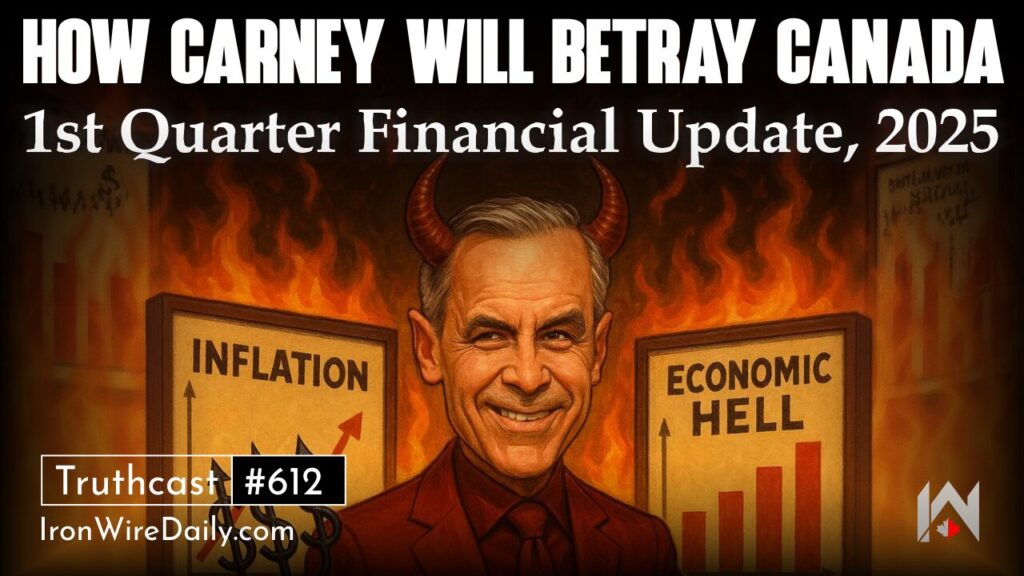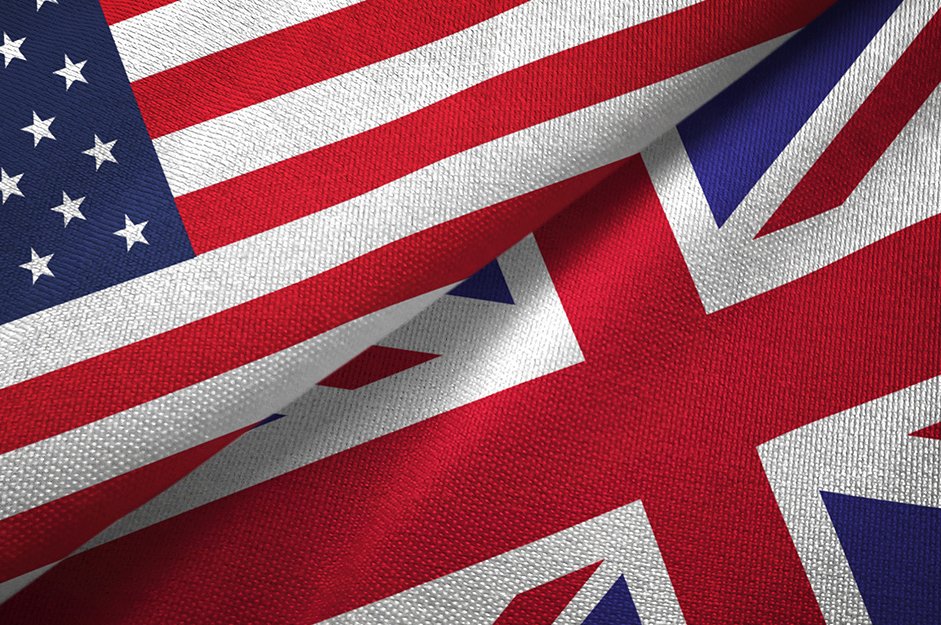Did Trump Deliberately Crash The Stock Market? | Armstrong Economics
QUESTION: Do you buy this claim that Trump is crashing the US stock market by 20% to force the Fed to lower rates so the money will go into Treasuries? Is he breaking the London metals dealers’ hold to suppress the gold price? Lastly, do you buy this idea that Trump and his Secretary of the Treasury want to revalue gold and reestablish Bretton Woods?
FD
ANSWER: Well, that is a mouthful. Look, the computer projected this correction a year in advance. Here is the Dow Monthly Timing Array from September 2024. It showed the turning point in November, which remains as the highest monthly closing, a turning point in March, and a Panic Cycle in April. This was before Trump even won the election. At the November WEC in 2024, I said that I wished Trump well, but it did not matter who won; this would not prevent the recession into 2028.
Nobody, but nobody, can crash the market deliberately. When I was called into the Brady Commission to investigate the 1987 Crash, they started with that same fictional nonsense – We are going to find that short that caused the crash. I said, look, every investigation since 1907 began with those same words, and nobody has ever been found. Look, the government cannot create perpetual prosperity using Keynesianism or Marxism any more than it can support a market. The Fed tried during the Great Depression and failed, as did the Japanese government tried that during the 1989 Crash and failed. In both cases, they made it worse by giving false hope that the government can save the day. THEY CANNOT!!!!!
I met with the Swiss central bank and warned them that the peg would break, as I did with the British government. I was told they could hold it, and I said the odds were on my side since NOBODY has ever been able to do that. The peg broke, and I was named FOREX Person of the year.
Trump has not deliberately crashed the stock market to get the Fed to lower rates and sell more treasuries. Come on! First, the assumption is that these people are smarter than they are, and second, that they have unlimited power, which was the theory of Karl Marx. If either of these assumptions were true, then I should not be called in by governments worldwide. Why call me if they possess superior knowledge and power? They are no different than the rest of us.
As long as people make up these conspiracy theories, they are not just feeding propaganda that prevents people from understanding how the system really works, but they are supporting the theories of Karl Marx that the government has the power and should use it. That is the Democrats’ dogma.
Elon Musk states at this cabinet meeting that the reason he is there is to reduce the cost of the government, BECAUSE the debt is unsustainable. He states that the interest expenditures have exceeded defense. Lowering interest rates is NOT a long-term solution. You cannot continually run these deficits indefinitely. This will all come crashing down when the line at the door to by Treauries no longer forms. Then you get the sovereign debt crisis and the default.
Scott Bessent on the end of central planning and a new coming world order monetarily. While Bessent mentions a reorganization of the world monetary and trade system in this clip prior to him becoming the Secretary of the Treasury, he mentions Bretton Woods, the Treaty of Versailles, and the International Steel Agreement.
The Treaty of Versailles (1919)
The Treaty primarily focused on ending World War I and imposing punitive measures on Germany, rather than comprehensively regulating international trade. However, it did include specific economic provisions that indirectly influenced trade:
- Reparations and Economic Restrictions:
Germany was required to pay massive reparations, which strained its economy and limited its capacity to engage in international trade. The treaty also mandated the surrender of German merchant ships to the Allies, reducing Germany’s ability to participate in maritime trade. - Resource and Territorial Losses:
Germany lost territories rich in resources (e.g., coal-rich Saar Basin to French control), affecting its industrial output and trade potential. Colonies were redistributed as League of Nations mandates, altering global resource access. - Access to Waterways:
The treaty internationalized key waterways like the Kiel Canal and Rhine River, ensuring open passage for all nations, which facilitated trade routes but was not a direct regulation of trade itself. - Most-Favored-Nation Clauses:
Some provisions required Germany to grant preferential trade terms to Allied nations temporarily, though these were limited in scope and duration. - League of Nations Role:
While the treaty established the League of Nations, broader international trade regulation was left to later initiatives (e.g., 1927 World Economic Conference) rather than the treaty itself.
Consequently, the Treaty of Versailles did not systematically regulate international trade but imposed economic measures on Germany that indirectly impacted global commerce. Broader trade frameworks emerged later through other agreements and the League of Nations.
The International Steel Agreement
This was instituted in 1926 in Europe and was the first international steel cartel. France did not have the necessary coke to really make steel, as was the case with Germany. Also, the Germans had flooded 18 out of 19 of the French mines, which hindered their ability to regain steel production. This was an attempt to regulate trade and to sustain prices, while equitably dividing up quotas amongst member states and companies. This agreement faced difficulties due to Nazi Germany’s desire to re-arm and increased British and American exports after the Wall Street crash of 1929. The US was flooding steel into Europe. Hence, this agreement collapsed after the Great Depression of 1930s.
The Euro was an attempt to resurrect the idea of Bretton Woods with a single currency. They were pushing Britain to join the euro and even staged a coup to remove Margaret Thatcher. John Major took the pound into the ERM, and that collapse made Soros rich and famous. Eliminating floating currencies is incompatible with politics as long as they are free to engage in deficit spending and endless borrowing.
This obsession with world trade and domestic economics has been going on for thousands of years. Napoleon had actually summoned the best minds and talents from all over Europe into his service. His court was deliberately filled with able men from all over Europe: Dutch, German, Italian, and even Polish. These foreigners worked in the highest offices of his imperial civil service. Today, Macron would go into convulsions if non-French ministers were running the government in France.
Napoleon created the first single currency in Europe after the Roman Empire. He standardized the weight of the coins so that 40 francs equaled 40 Lire in Italy and 320 reales in Spain. This was really Napoleon’s idea of resurrecting the Roman Empire.
Indeed, Napoleon was creating a single currency attempt to restore the standard monetary system of the Roman Empire. Both Napoleon and Hitler had similar ideas of a unified Europe. It was Julius Caesar (100- 44 BC) who conquered Europe and, in the process, created a single language and monetary system. Indeed, this silver denarius illustrates his victory over Gaul, showing an unshaven Gallic barbarian seated on the ground below his trophy.
Julius Caesar accomplished the unification of Europe. However, it was Napoleon who standardized the monetary system post-Rome, which became the inspiration for the Latin Monetary Union by 1865.
Even at Bretton Woods, John Maynard Keynes had proposed creating an overarching “International Clearing Union” that potentially every nation would join. This would become the new reserve currency, called the “BANCOR.” It would be used for settling international accounts. Each member nation would pay a membership quota in proportion to their total trade. Nations that were in surplus would receive BANCOR credit, while those in deficit would have a negative account. This proposal was intended to increase trade. If a country moved into a perpetual deficit, it would be required to devalue to reduce imports. On the other hand, move too far into surplus, and their currency would be required to appreciate to increase imports. Then there would also be a bancor tax levied at a progressive rate on anyone with a large trade imbalance.
The IMF created its SDR which was not the equivalent to Keynes’ Bancor, yet it represents a pragmatic adaptation of some principles. The Bancor was a visionary proposal for a new monetary order, whereas the SDR is a technical instrument within the existing IMF framework. Some have argued that Keynes’ idea should be used rather than tariffs.
Europe is still very much living under mercantilism. Kohl took Germany into the euro, denying the people the right to vote, because he assumed that a single currency would increase Germany’s sales of products to the rest of Europe, operating under mercantilism. The prevailing object under mercantilism is to twist mutually beneficial international trade to a one-sided advantage. This is the Neoclassical economic view where economists agreed that the science was settled and that free trade was safe and effective against mercantilism.
Currently, some believe that our trade deficit is destroying significant segments of American industry and eliminating badly needed jobs. They totally ignore the consumer that protects overpriced labor, which reduces the standard of living for the whole. They argue that this is happening because we have embraced free trade and do not pay attention.
Keynes wrote in his original proposal that the basic principle is the necessary equality of credits and debits, of assets and liabilities. If no credits can be removed outside the clearing system but only transferred within it, the Union itself can never be in difficulties.”
Bretton Woods operated for a while and was an improvement on the prewar gold standard. However, France in particular remained very hostile to Britain and the USA under De Gaulle. They envisioned that France would rise to lead the world if it had the gold reserves. France was eagerly buying up dollars and redeeming them for gold which ultimately broke the back of the entire Bretton Woods monetary fixed rate system. This throwback to mercantilism and the gold standard undermined the entire system. Meanwhile, nobody in Europe understood what made the United States the reserve currency was not gold – it was the American consumer. Germany needed to see its cars to American just as Japan. As long as the US was the major consumer-based economy, it had to price goods in dollars to sell them.
When Bretton Woods collapsed in 1971 and the dollar remained the cornerstone of the world economy, they needed an explanation for why they were wrong. Newsweek came out with the theory in 1975. It was all because oil was priced in dollars. That was the answer! This has continued to confuse people ever since. The biggest reason has been right in front of their nose, and they have ignored it – the consumer.
- Valuation Methods:
- FOB (Free on Board): Value at the exporter’s port, excluding international shipping/insurance costs.
- CIF (Cost, Insurance, Freight): Value at the importer’s port, including shipping/insurance. This causes discrepancies.
There are different valuation methods to calculate trade (FOB vs CIF), timing differences (when the transaction is recorded), misclassification, or even smuggling and fraud. For example, Country A exports goods to Country B. Country A records it at FOB value when it leaves, while Country B records it at CIF when it arrives, leading to a higher import value in Country B’s data.
In summary, calculating trade numbers involves collecting data from multiple sources (customs, surveys, financial institutions), standardizing using international systems (HS codes, BoP guidelines), and dealing with discrepancies due to different methodologies or reporting practices. It’s a complex process with room for errors and inconsistencies, which international organizations work to mitigate through harmonized guidelines.
Trade numbers, which measure the flow of goods, services, and money between countries, are calculated through a combination of data collection, standardization, and international guidelines.
Goods Trade Calculation
- Data Sources:
- Customs Declarations: Import/export values are recorded when goods cross borders. Declarations include product type, quantity, and value.
- Harmonized System (HS Codes): A standardized classification system (6-digit codes) ensures consistency in categorizing goods globally.
- Challenges:
- Misclassification of goods under HS codes.
- Smuggling or underreporting to evade tariffs.
- Timing differences (e.g., goods in transit at year-end).
Services Trade Calculation
- Data Sources:
- Surveys of businesses (e.g., banks, tech firms) providing cross-border services.
- Financial records (e.g., royalties, tourism spending, consulting fees).
- Categories: Includes tourism, transportation, intellectual property, and financial services.
- Challenges:
- Intangible nature makes tracking harder than goods.
- Reliance on self-reporting is inherently inconsistent.
Money Flow (Financial Account)
Here we track cross-border investments and capital movements, recorded in the Balance of Payments (BoP)
- Components:
- Foreign Direct Investment (FDI): Long-term investments (e.g., building factories).
- Portfolio Investment: Short-term flows (e.g., stocks, bonds).
- Loans and Banking Flows: Cross-border lending/borrowing.
- Reserves: Central bank holdings of foreign currencies.
- Data Sources:
- Central banks and financial institutions report transactions.
- International systems like SWIFT track cross-border payments.
- Challenges:
- Illicit flows (e.g., tax evasion, money laundering) are often unreported.
- Exchange rate fluctuations affect valuations.
International Frameworks
- Balance of Payments (IMF Guidelines):
- Current Account: Goods, services, income (e.g., dividends), and transfers (e.g., remittances).
- Financial Account: Records investments and loans.
- Trade in Value-Added (TiVA): OECD/WTO initiative to account for supply chains, avoiding double-counting intermediate goods.
Understanding trade numbers requires recognizing the complexity of global systems and the ongoing efforts to improve data accuracy through international coordination. I helped the Japanese reduce their trade surplus by purchasing gold in New York and sending it to London to be resold. Because the type of goods being bought and shipped is irrelevant, the bottom line is that trade is calculated on money flows. Under the Biden Administration, they appear to have assumed that senile Joe was not all there, and they took advantage of the situation. We can see the crisis that has led Trump to take action.
As one reader wrote, after reading the negativity in the NY Times and MSNBC, the question that needed to be answered was: Should I commit suicide this week or wait until next week? If Trump said he would remove all tariffs, they would then say everyone will lose their jobs from the flood of foreign goods. They are no longer honest journalists. They are just propagandists. They do not care about the country or the people. They just have to take the opposite position of Trump, no matter what the subject matter might be.
They spout the same Democratic propaganda from the ’30s, claiming that tariffs caused the Great Depression. Some 9000 banks failed, and that was caused by Sovereign debt defaults, not tariffs. I am sick and tired of the lies. Programs like MSNBC are polarizing the country and destroying the very foundation of the United States based on Marxist propaganda.
The tariff did not cause the bank failures. It was the Sovereign Defaults that they tried to omit from the history books because they did not support their agenda of evil corporations, and we need socialism to survive. Just as they report nothing but hatred of Trump, Hoover was a Republican, and they tried to destroy the Republican Party back then too.
The NY Times covered up the failure of Communism, and their top journalist was even pushing Communism on FDR. When Gareth Jones (1905-1935) in March of 1933 said the NY Times was reporting about the success of communism was all a lie, the truth finally began to appear. It took the New York Times until 1990 to admit they engaged in fake news, pushing communism, covering up the famine in Ukraine, and suggesting that Stalinism was the Utopia they wanted to impose in the United States. The NYT wrote that their reporting on the Russian Revolution constituted “some of the worst reporting to appear in this newspaper.” Duranty also did this to support Roosevelt’s New Deal. He helped install drastic progressiveness in taxation.
A top White House economic adviser said on April 6 that more than 50 countries have contacted the Trump administration to initiate negotiations over a broad swath of tariffs that were announced in the first week of April on nearly every nation in the world. People were shocked that Israel had tariffs on US products after everything we do for Israel. The list goes on and on. This is the ONLY way to reach free trade.






























